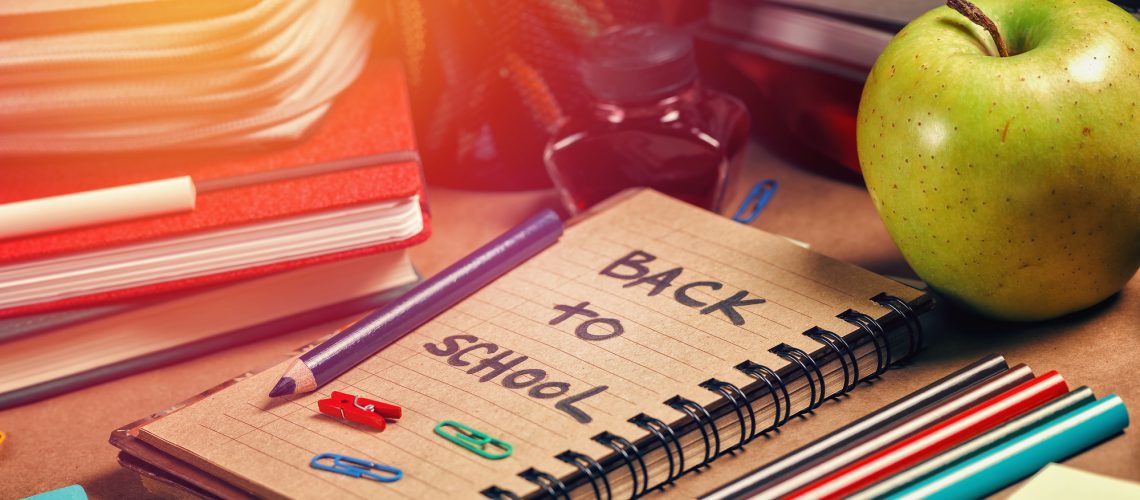Shopping for school supplies? Here are some tips for purchasing supplies that have less chemicals that can harm children’s brains and learning potential. Look for PVC-Free, BPA-Free, Phthalate-Free and Fragrance-Free Supplies when possible:
- Purchase cloth, canvas or nylon lunch boxes, backpacks and umbrellas. Avoid products that have PCV or vinyl.
- For lunches, try stainless steel water bottles and containers or ones that say BPA-free and Phthalates-free and avoid PVC (or #3 plastics). For disposable dinnerware, look for bio-based options.
- Buy a canvas pencil holder instead of plastic one.
- Look for water-based markers, paints and glues.
- Buy metal paperclips (no color PVC coating).
- Ask your school or childcare to avoid disinfecting wipes which often have harmful chemicals in them that can cause skin and eye irritations and other health effects. Regular cleaning is best. Children should also avoid using wipes. See below for a partner resource on concerns with disinfecting wipes.
- Purchase PVC-free and PFAS-free raincoats, rainboots and rain resistant clothing.
- Try to avoid anything with chlorine. Look for recycled paper products or those marked chlorine-free
Here’s some more background information and specifics:
Backpacks, lunch bags, binders and other items often use PVC, or polyvinyl chloride, a type of plastic. PVC can contain toxic chemicals including phthalates, lead, cadmium and organotins. These chemicals are linked to problems with brain development and behavior, as well as other health problems such as asthma. Congress has banned phthalates from children’s toys but not from school supplies.
- Avoid backpacks, lunch bags and other items with a label that has the recycling symbol with the number 3 or words PVC or vinyl.
- Look for products with a label that says “PVC-free”. Cloth lunch boxes and backpacks and nylon umbrellas are likely free of PVC.
School supplies can also contain Bisphenol A (BPA), a chemical that disrupts the endocrine system and is associated with certain cancers, reproductive health concerns and behavior and attention problems.
Lunch boxes and beverage containers: Because they hold food and drink, it’s important that lunch boxes and beverage containers be made from non-toxic materials that do not include lead paint, PVC, BPA or antimicrobial chemicals.
- Try cotton lunch bags, BPA-free plastic or stainless steel.
- Pack food in reusable containers such as stainless steel or plastics marked with #1, 2, 4 or 5.
- For drinks, choose reusable bottles made from stainless steel, BPA-free aluminum or BPA-free plastic.
Markers: Do not buy dry-erase or permanent markers especially for young children; they contain solvents, which can be neurotoxic. Avoid markers with a fragrance, which contain chemicals not listed on the label like harmful phthalates, and which encourage kids to sniff them.
Glue: The safest options are glue sticks and white/yellow/clear “school” glue.
Paper products: Recycled paper, made from post-consumer waste that is not whitened with chlorine bleach is much more widely available now.
For more resources and tips:
- Children’s Environmental Health Network has many resources including art supplies fact sheet in English and Spanish (pdf).
- The Center for Health, Environment and Justice provides a guide to PVC-free products (PDF download), as well as great resources for healthy schools. See.
- Healthy Schools Network has a lot of school-related resources including a fact sheet (PDF download) on concerns on disinfecting wipes.


